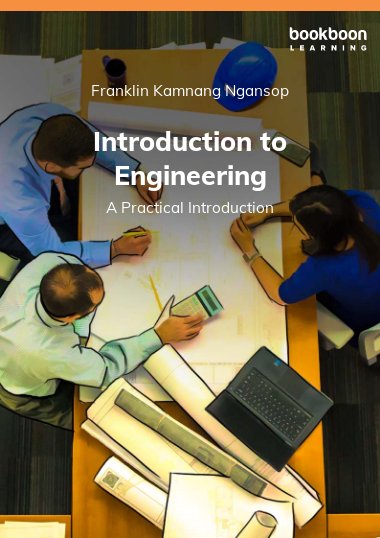With so many complex problems, and many difficulties in all sectors, at all levels, the need for suitable engineers is growing exponentially. Engineering courses are cascading, and the Engineering discipline remains prestigious. We are often unaware of the realities and basic requirements of such a professional body. The aim of this book is to better present the realities of the engineering function, with its fundamental requirements, to act as an orientation aid for young students, and as a guide for those currently in practice.
About the Author
Franklin is an inspirational leader with a passion for excellence. As well as holding senior executive positions in international companies and institutions, he inspires caring organizations and professionals to find and realize their full potential effectively, through the design and implementation of bespoke, high value-added strategies for clients in record time. In his coaching, he concocts various proven contemporary theories and techniques from the engineering sciences, management, innovation sciences, etc. You will discover in his books very practical and effective recommendations.


